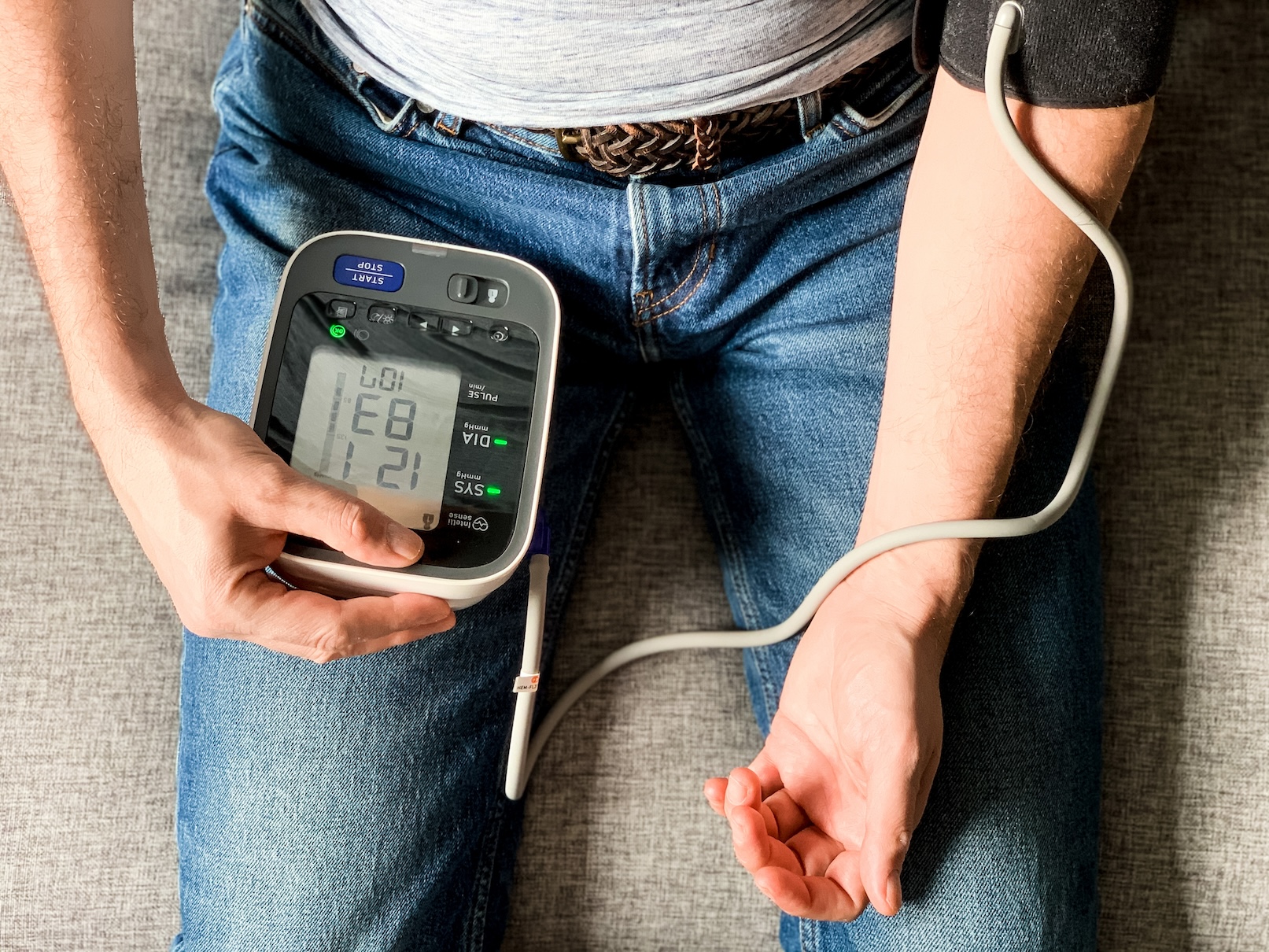

Hey Doc, His Blood Pressure is 190/ 110. Now what do we do?
Case:
Case 1– Patient comes to the ED sent by the GP with a BP of 200/110 and a history of hypertension. No symptoms. What do you do?
Case 2- Patient is coming in with headaches/ migraines and a history of headaches & Migraines. Blood Pressure is 180/105. What do you do?
Case 3- Patient is coming in a laceration to his hand. Blood pressure is 200/100. No known history of hypertension, but no symptoms. What do you do?
Case 4- Patient is coming in with new onset headache, blood pressure is 180/105. No known history of hypertension. What do you do?
Case 5- Patient is brought in by husband because she is acting confused, no history of confusion. No fevers, or any other symptoms. Blood pressure is 185/90. No known history of hypertension. What do you do?
Hypertension is a common presenting complaint in the emergency and depending on the physician and nurse assessing can have a wide range in workup from nothing, to everything. When does a high blood pressure need to be treated? When can it be left alone?
Important questions to answer:
- Are they pregnant?
Pregnant patients are excluded from this management approach, since pre-eclampsia is a risk and should be managed differently
- Is there evidence of END ORGAN DAMAGE:
Need to assess the 3 areas that could be affected
- The Brain
- Sudden onset of severe headache -> Subarachnoid Hemorrhage
- Signs of stroke or neurologic conditions
- Focal Neurologic Deficit
- Vision loss
- Altered mental status/ Confusion
- Seizure
- The Heart / Lungs
- Chest Pain/ Epigastric pain- concerning for acute myocardial ischemia or acute aortic dissection
- Respiratory distress, hypoxia, volume overload, pitting edema -> Signs of Heart Failure
3) The Kidneys
- Oliguria, NOT making urine, pitting edema,
- Physical Exam should include:
- Full Neurologic Exam, Full cardiovascular Exam, Full Respiratory Exam.
NOTE: Patients with asymptomatic hypertension may have mild symptoms such as mild headache or lightheadedness, but this does not necessarily indicate need to search for end-organ damage
If NO evidence of end organ damage, this is NOT a Hypertensive Emergency.
It could be considered a“Hypertensive Urgency”(this classification/term is no longer used) – ie severe BP elevation in otherwise stable patients without acute or impending change in target organ damage or dysfunction. (ACC 2017)
If NO hypertensive emergency, do NOT aggressively lower blood pressure
“There is no indication for referral to the emergency department, immediate reduction in BP in the emergency department, or hospitalization for such patients.”
- American Heart Association and American College of Cardiology Guidelines
The patient does NOT need acute blood pressure lowering in the ED, and does NOT need IV Medications
American College of Emergency Physicians 2013 Guidelines
EVEN if BP > 200, patient does NOT need IV medications OR Resus / Acute bed, UNLESS signs of End organ damage
Just start on PO meds- ex Captopril (if you need ACUTE lowering of meds)
Note- Rapidly lowering blood pressure could theoretically CAUSE a stroke due to hypo-perfusion of the brain, especially in patients with chronically high blood pressure
So- MAX drop of 20% in blood
But Doc, What about Blood work?
ACEP 2013 Guidelines
Routine screening for acute target organ injury (e.g. creatinine, UA, ECG) is NOT required
In select patient populations, screening of creatinine may identify injury that affects disposition
IF Diastolic < 120 -> No ED Work up needed
If Systolic > 210 BPM OR Diastolic > 120 – 130
Consider: CBC, Chemistry (Creatinine)
IF Normal, Outpatient treatment sufficient
“No other diagnostic screening tests (e.g. UA, ECG) appear to be useful”
So then what do we do? Anything?
If prior history of high blood pressure -> restart/ adjust medications
If NO history of high blood pressure, can consider starting on an ORAL antihypertensive
Do NOT need to see significant drop in blood pressure before discharging home
** Arrange CLOSE Follow up! **
SEE FLOW DIAGRAM Below ( Attached)
Commonly used Oral Antihypertensive Medications in ACUTE setting
| Agent | Class | Onset of Action | Duration of Action | Dosing | Adverse Effects |
| Captopril ** (preferred) | ACE-I | 5 – 15 minutes | 2 – 6 hr | 25mg PO/SL Range: 6.25 – 50mg PO (max) | ACE-I side effects: Hyperkalemia, angioedema, etc |
| Labetalol | a1- selective, B-Blocker | 2 hrs | 4 hr | 200mg PO, followed by 200mg PO Q1-2hrs until desired effect | Hypotension, dizziness, headache, nausea |
| Amlodipine | Calcium channel blocker | 4-6 hrs | 24 – 72 hrs | 5 – 10 mg PO | peripheral edema, dizziness, palpitations, and flushing |
Often adjusting or initiating LONGER term antihypertensive is preferred to ACUTELY lowering BP
Note- Amlodipine takes LONG to work, so may not see effect until ~ 4hrs later

